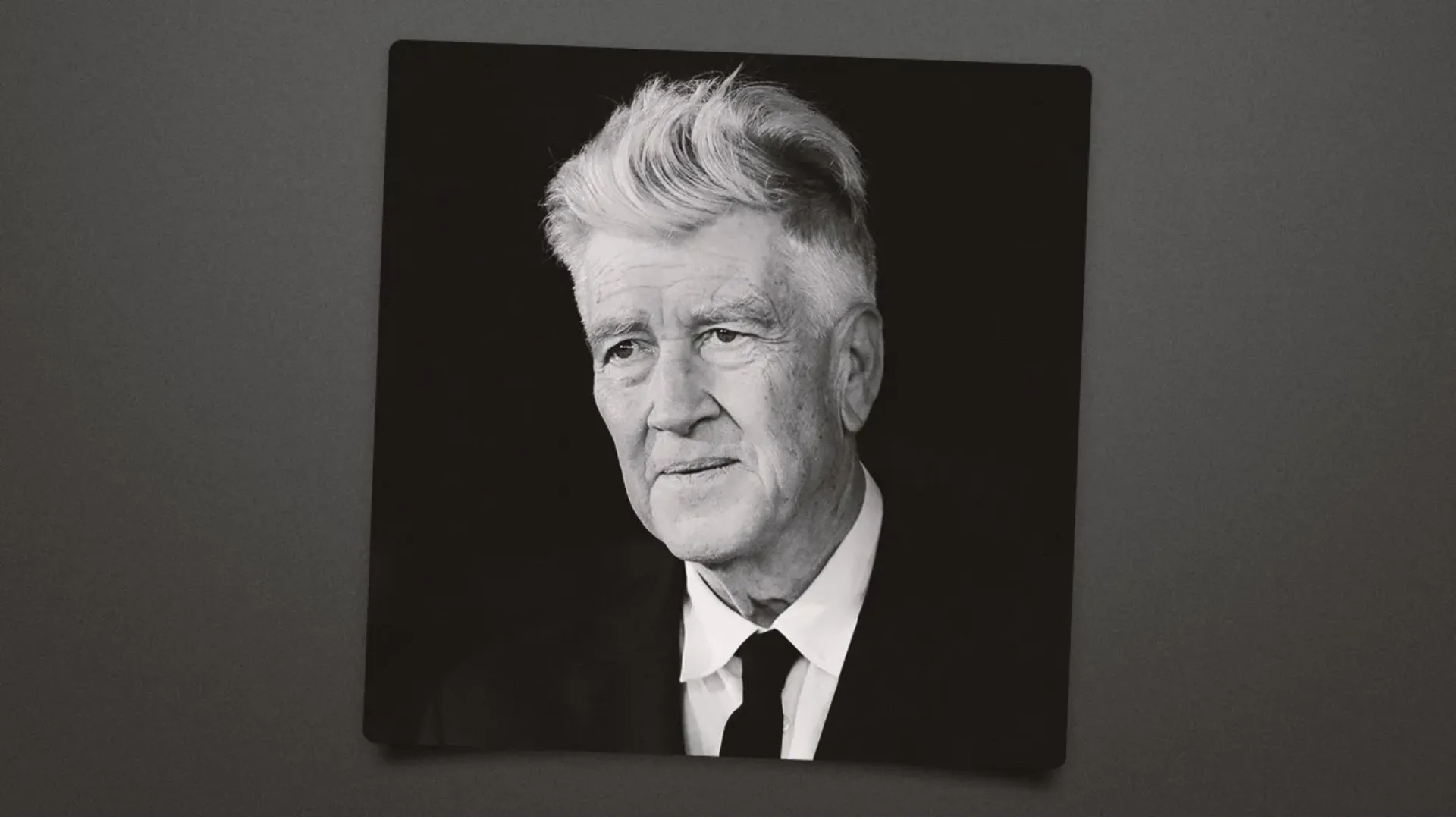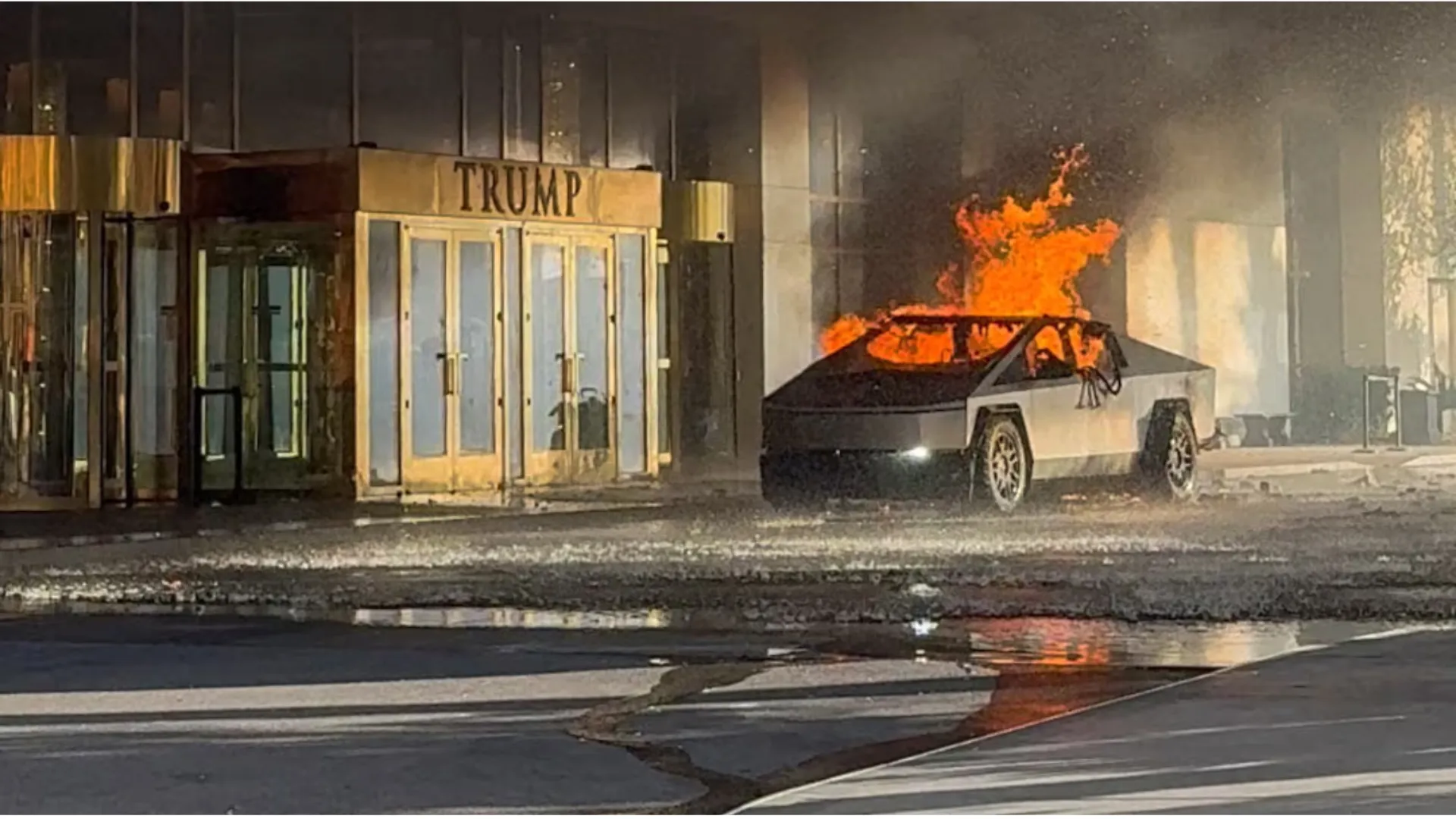
President Donald Trump made headlines again Saturday night—this time not for an executive order, a campaign rally, or a policy decision—but for stepping into the spotlight at a UFC event in Miami.
In a striking display of political theater and cultural symbolism, Trump became the first sitting U.S. president to attend a live Ultimate Fighting Championship event, walking into the Kaseya Center to roaring applause just before the night’s featherweight title bout.
The spectacle underscored a critical part of Trump’s ongoing political strategy: reinforcing his identity as a fighter—not just in politics, but in the cultural arena.
As he seeks to fortify his second-term presidency, maintain enthusiasm among his base, and rebrand the office of the president in his own image, Trump has fully embraced his longstanding ties with UFC and its CEO Dana White.
The event also served as a high-visibility reminder of the ways Trump has reinserted himself into mainstream pop culture, leveraging sport and spectacle as political tools.
This move is not without precedent. Trump has long fashioned himself as both a celebrity and a political warrior.
Now, with his presence on the UFC floor flanked by allies like Elon Musk, Marco Rubio, Robert F. Kennedy Jr., Tulsi Gabbard, and Kash Patel, the president is signaling that his brand of leadership is as much about cultural dominance as it is about policymaking.

On Saturday, Trump made what UFC fans call “the walkout”—typically reserved for fighters themselves—as he entered the arena just ahead of the featherweight title fight between Alexander Volkanovski and Diego Lopes.
In doing so, he sent a carefully crafted message to his supporters and critics alike: I’m not hiding in the White House—I’m in the ring, fighting with you.
It was a symbolic gesture as much as a media-savvy one. Trump’s arrival was met with wild cheers, not only from the crowd in Miami but across the digital landscape.
Social media exploded with clips of the president entering the venue, shaking hands with UFC CEO Dana White, hugging basketball legend Shaquille O’Neal, and exchanging words with podcaster Joe Rogan—an icon in the male-centric media landscape that Trump’s 2024 campaign successfully tapped into.
White House Communications Director Steven Cheung described the scene in terms carefully calibrated to connect with Trump’s base. “President Trump and the UFC are cultural icons,” Cheung told.
“He is a fan of the sport and the elite competitive spirit of all the athletes who step into the Octagon. He’ll be sitting cage side, like he always does, and the crowd will erupt in applause as he makes his signature walkout.”
The evening’s pageantry served as both a rallying cry and a reminder: Trump continues to merge political office with cultural clout in unprecedented ways.
Trump’s friendship with Dana White stretches back more than two decades. When White and the UFC were struggling to gain legitimacy and find venues willing to host their events, it was Trump who opened the doors.
In 2001, the Trump Taj Mahal in Atlantic City became one of the first major venues to host a UFC event.
“Nobody wanted to give him a ring because they said it’s a rough sport,” Trump recalled in his 2024 victory speech in West Palm Beach. “And I helped him out a little bit… But I began to like it, and he loved it.”

Since then, their relationship has evolved from business partnership to political alliance. White endorsed Trump in both 2016 and 2020, delivering speeches at each Republican National Convention.
In 2024, Trump elevated the relationship further by asking White to introduce him at the RNC, a gesture usually reserved for close family members.
White’s speech that night was emphatic. “I’m in the tough guy business,” he said. “And this man is the toughest, most resilient human being that I’ve ever met in my life.”
He called Trump a “real American bada**”—a line that reverberated through conservative media and found an echo in countless online memes.
That speech cemented White as more than a friend—he is now a full-fledged Trump surrogate.
Trump’s alignment with UFC is not just about sport; it’s about strategic image-building. UFC represents a powerful cultural vehicle—particularly among younger, male voters—a demographic that has become increasingly skeptical of mainstream politics and institutions.
The brand promotes attributes like strength, independence, toughness, and individual grit. These are precisely the traits that Trump’s campaign has long emphasized as central to his personal identity.
His 2024 campaign saw him and key surrogates leaning heavily into appearances on male-oriented podcasts like Joe Rogan’s, Barstool Sports’ “Bussin’ With The Boys,” and Andrew Schulz’s “Flagrant.”
These platforms offered Trump a direct line to voters outside traditional political channels—often in the form of long-form, casual, and largely unfiltered interviews.
Unlike cable news segments, these podcast appearances allowed Trump to craft a more relatable, less-polished persona—one that resonated with disaffected voters who prioritize authenticity over policy depth.
This strategy paid dividends. In 2024, Trump improved his performance among men under 40, many of whom cited his unfiltered media appearances and combative stance on cultural issues as reasons for their support.
UFC’s popularity mirrors this cultural shift. Once a fringe combat sport, UFC is now broadcast on ESPN+, reaching nearly a billion households worldwide.
Its fanbase includes everyone from college students to blue-collar workers, from suburban dads to digital influencers.
Conor McGregor, one of the sport’s most prominent figures, boasts over 46 million Instagram followers—comparable to some of the biggest names in entertainment.
By aligning himself with UFC, Trump is doing more than attending a fight—he’s signaling to a specific cultural tribe that he is one of them.

Trump’s UFC appearance also plays into a broader narrative about the transformation of political engagement.
In today’s media environment, where algorithms determine what content is seen and what gets buried, traditional political messaging often falls flat.
Trump’s embrace of alternative media spaces—particularly those dominated by men and focused on physicality, discipline, and freedom—reflects his adaptability in a changing political landscape.
Many of these platforms regularly decry what they perceive as political correctness and censorship. Trump, already a champion of “free speech” and a critic of “wokeness,” fits seamlessly into their world.
And it’s no accident that these platforms often idolize figures like Elon Musk, now one of Trump’s top advisers. Musk’s own appeal lies in his disregard for elite norms, his success in business, and his ability to command massive online followings.
In that sense, Musk and Trump represent two sides of the same coin: populist disruptors using their platforms to redefine the boundaries of political and cultural power.
More than any other modern president, Trump has understood and embraced the symbolic power of the presidency.
Where others might see sporting events as entertainment, Trump sees opportunities for branding, for projecting strength, for rewriting the rules of political performance.
Since taking office for his second term, Trump’s domestic travel has been sparse, with the exception of frequent visits to Mar-a-Lago.
But when he does make public appearances, they are high-profile and meticulously curated: the Super Bowl in New Orleans, the Daytona 500 in Florida, the NCAA wrestling championships in Philadelphia.
Each of these moments serves a dual purpose: to show that Trump is connected to “real” American life and to remind voters that he’s not a typical politician.
By appearing at UFC events, Trump crafts a persona that bridges politics and culture—a strongman leader who doesn’t just govern from behind a desk but participates in the national pulse.

While Trump’s appearance at UFC 300 was widely praised by his supporters, it has also sparked criticism from those who see his presence at such events as a dangerous blurring of lines between entertainment and governance.
Critics argue that these appearances serve to normalize Trump’s more controversial policies and rhetoric by tying them to unifying cultural symbols like sports.
“It’s one thing for a president to enjoy a football game,” said political commentator Joy Reid on MSNBC. “It’s another for him to use these events as political theater, complete with walkout music and celebrity entourages.”
Others worry that the blending of spectacle and governance undermines the seriousness of the presidency.
But for Trump, that may be the point. By turning traditional norms on their head, he’s able to control the narrative and maintain an image of dominance—even in arenas far removed from Capitol Hill.
Trump’s UFC appearance is not likely to be his last foray into pop culture during his second term.
As he eyes 2026 and beyond, expect more appearances that blend politics with entertainment, more podcast interviews, and more calculated moments designed to dominate both headlines and hashtags.
What remains to be seen is whether this strategy will hold as challenges mount—from investigations and global crises to political infighting and policy failures.

But for now, Trump remains in the ring, both literally and figuratively, shaping a presidency that is as much about presence as it is about policy.
The question isn’t whether Donald Trump is a fighter. It’s how long the crowd will keep cheering.



